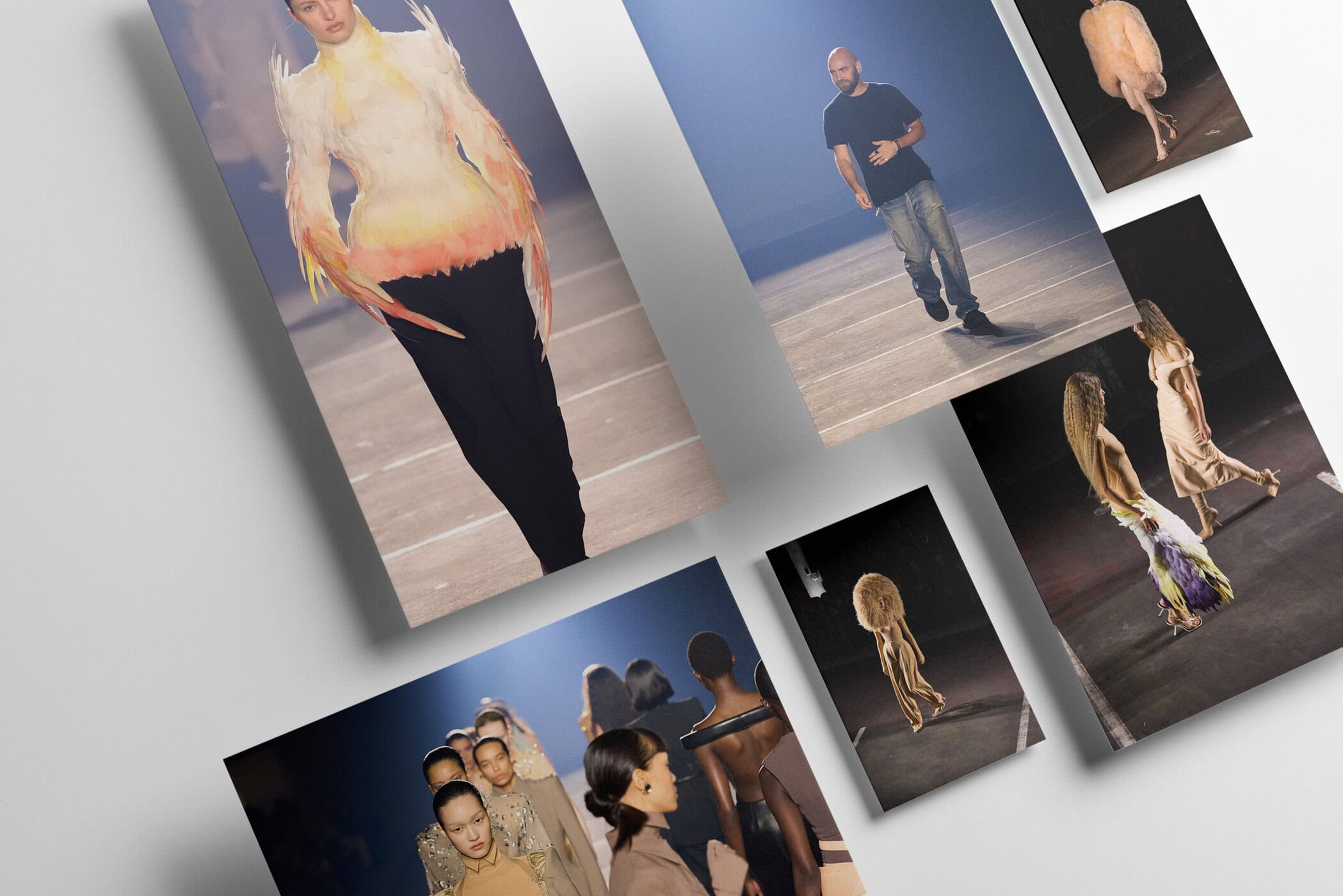Miguel Castro Freitas’s Underground Debut Transforms Mugler’s Legacy Of Power And Spectacle Into A Live Wire For A New Era
By Kenneth Richard
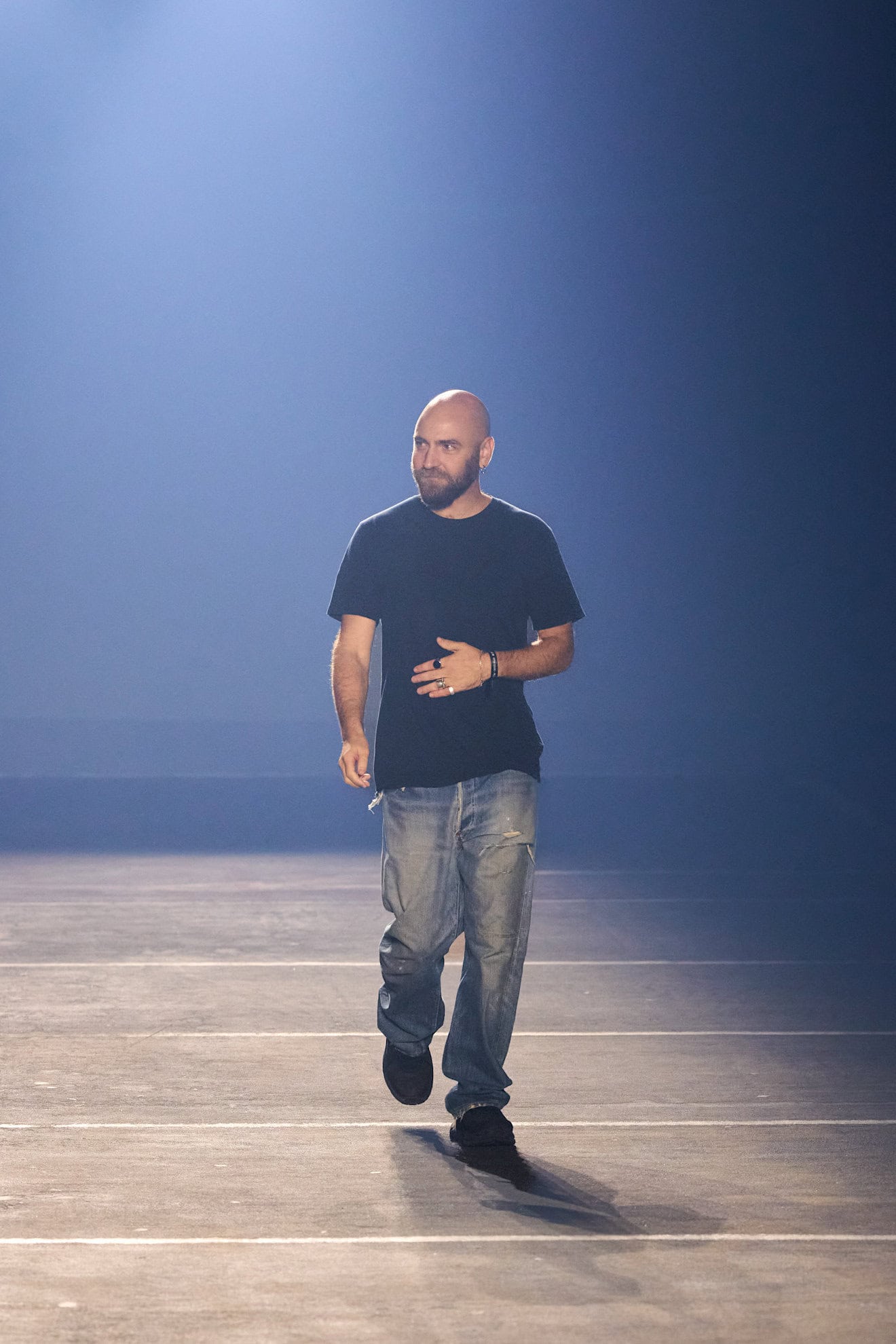
Miguel Castro Freitas emerged from the dark underground parking garage where his debut for Mugler had just thundered to a close. The space, once concrete and low-slung, had been transformed into a cathedral of flashbulbs, packed with celebrities and musicians clamoring for a glimpse. Full of energy, charged from both the adrenaline of the runway and the crush of recognition, the designer’s excitement spilled over as he leaned into his first conversation post-show.
I was the first to speak with him. Still catching his breath, he described his approach to Mugler with the focus of a scholar. “The moment that I arrived at the house, I think for me was very, very important to find a way of having access to the archives and to start trying to understand not what is it that makes Mugler from the outside—the iconic pieces, the shows, the way people recognize Thierry’s work—but to dig deeper,” he said. “Almost like an archaeological digging into the essence and the ethers of Mugler.”
For Freitas, the archives weren’t just visual references but living evidence of obsessions, techniques, and contradictions. “It was very important to look at the clothes inside out, to understand the craft, how they were constructed, the recurring threads, the obsessions that Thierry Mugler had,” he explained.
Most people associate Mugler to the ’80s and power dressing, which is of course a big part of the house. But there’s so much more—it starts in the ’70s, evolves sometimes gradually, sometimes dramatically, all the way up to the ’90s.”
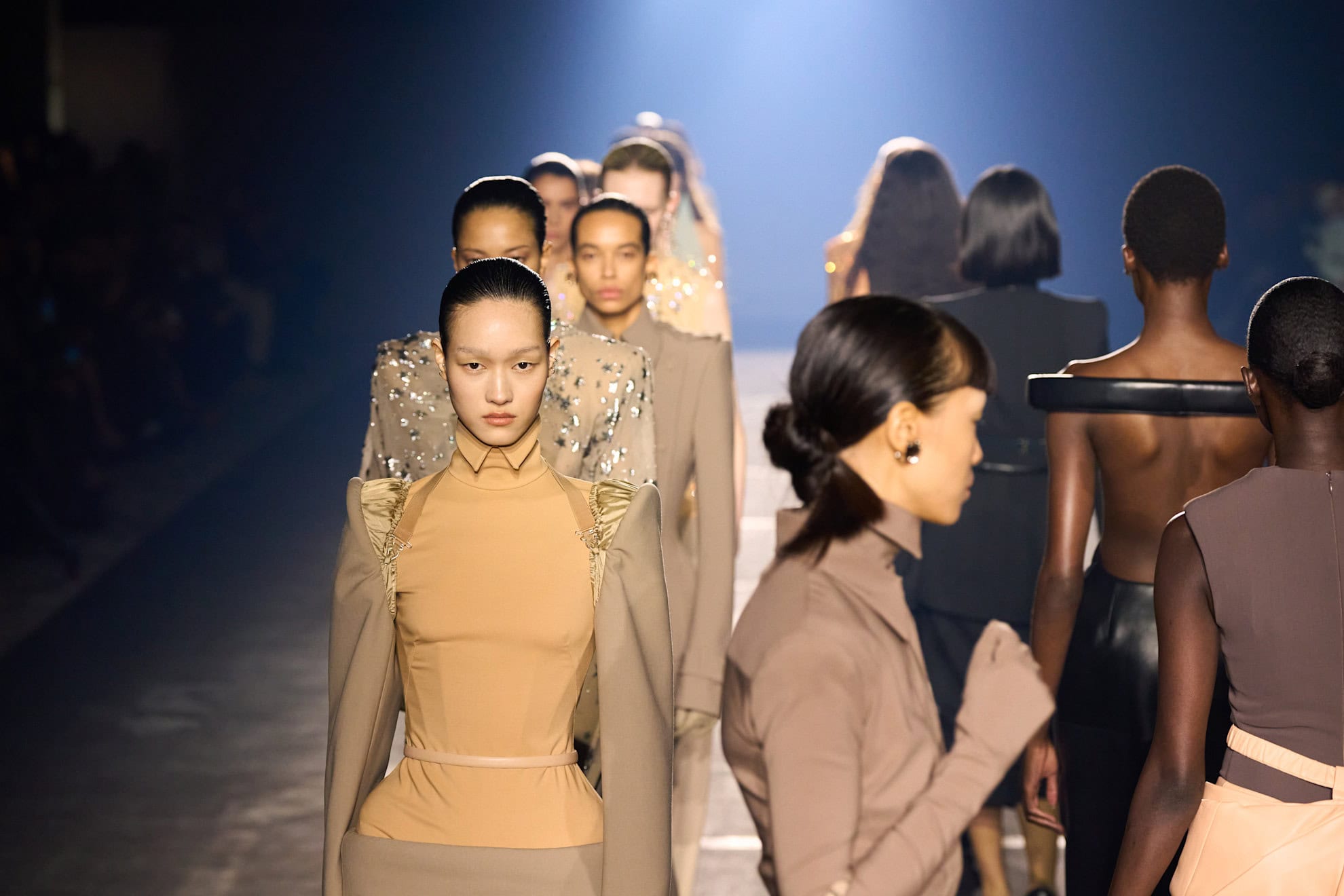
That history—sometimes linear, sometimes violently contrasting—became the foundation for his debut. The hourglass tailoring, the obsession with structure, the echoes of Christian Dior’s New Look: all of it converged in a collection designed, as Freitas put it, “to pretty much summarize in a certain way what really encapsulates Mugler: the showmanship, the love for the craft, the mastering of tailoring.”
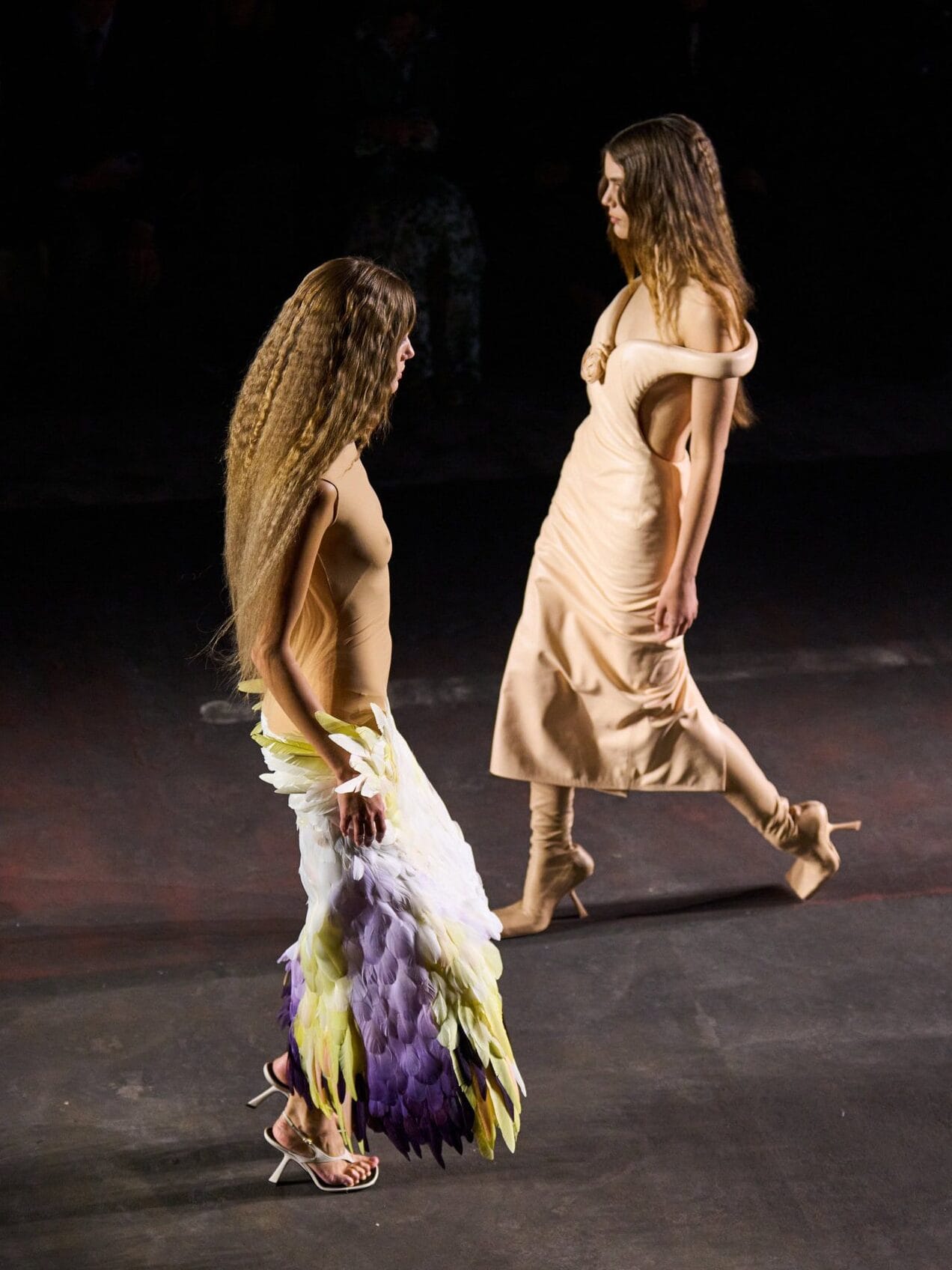
Yet this wasn’t nostalgia. It was a provocation. “In the time and age that we are living, I think one of the most disruptive things you can do is to bring glamour back,” Freitas told me. Where the ’90s offered grunge as a counterreaction to ’80s excess, his instinct is to restore glamour with a sharper, questioning edge. “I wanted to approach glamour in a way that felt laboratorial—raising questions about what glamour could be today, what Mugler could be today. Approaching a mentality of deconstructing to reconstruct, to reveal the silhouette, and to build on the silhouette.”
When I pressed him on what glamour means now, Freitas hesitated, his Gemini restlessness flickering between instinct and intellect.
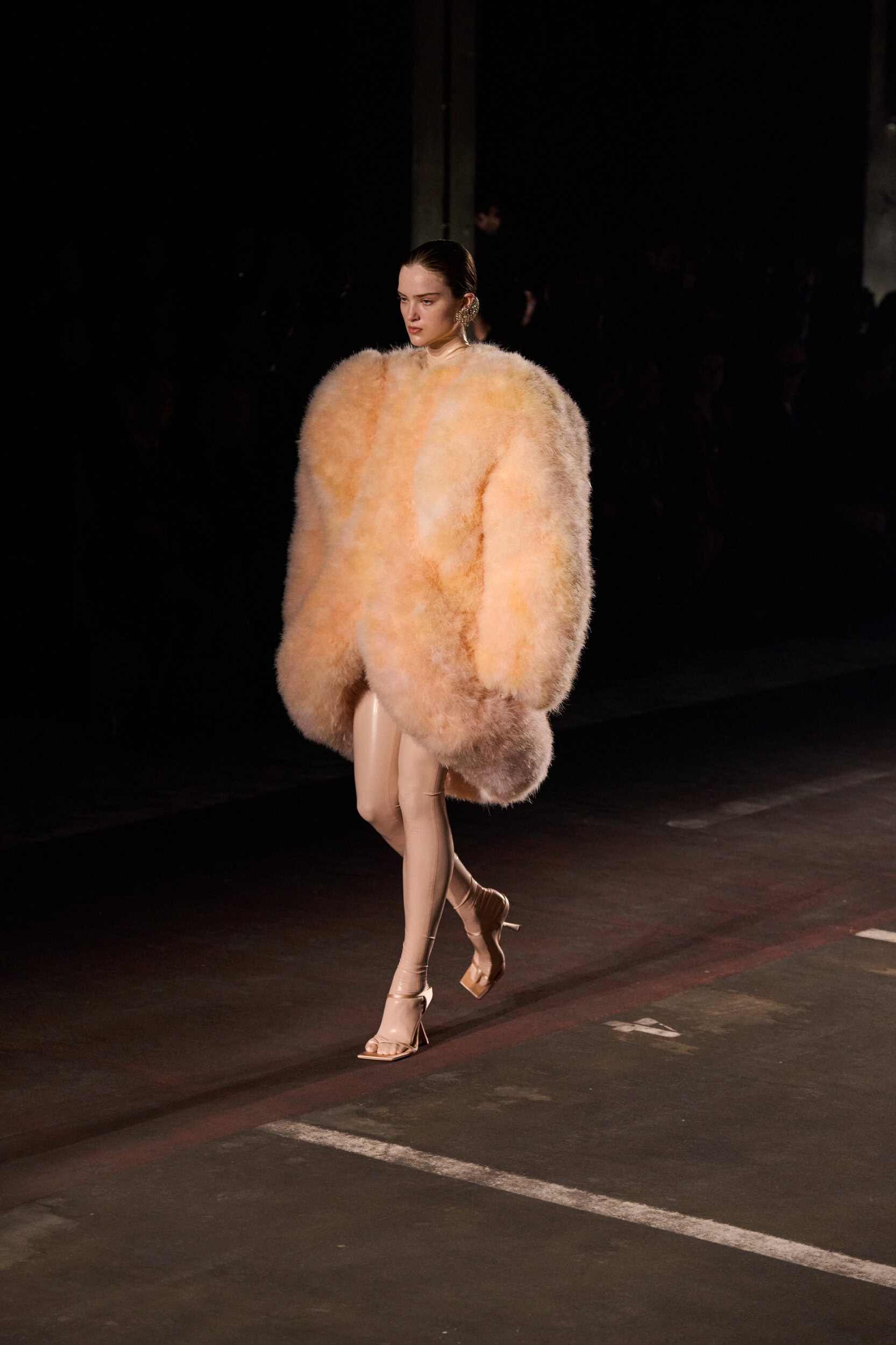
I try to find myself in the context that I’m in—you know, I’m in the house of Mugler, and Mugler stands for certain values. And then there are my own values as a designer that I bring along with me. The things that always inspired me, that formed me as a designer. And curiously, many of them are paradoxical and contradictory, even with the house I’m in right now.”

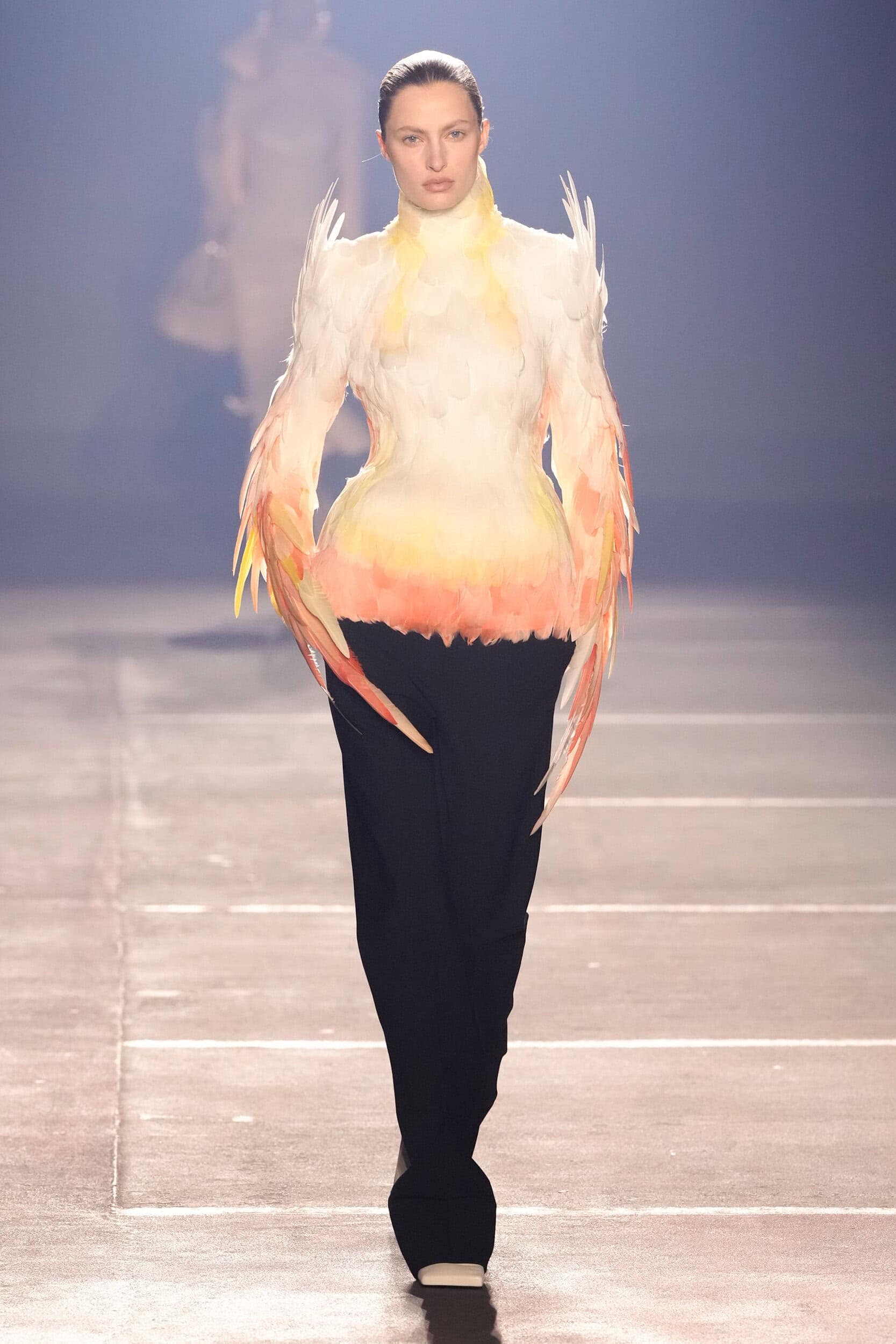
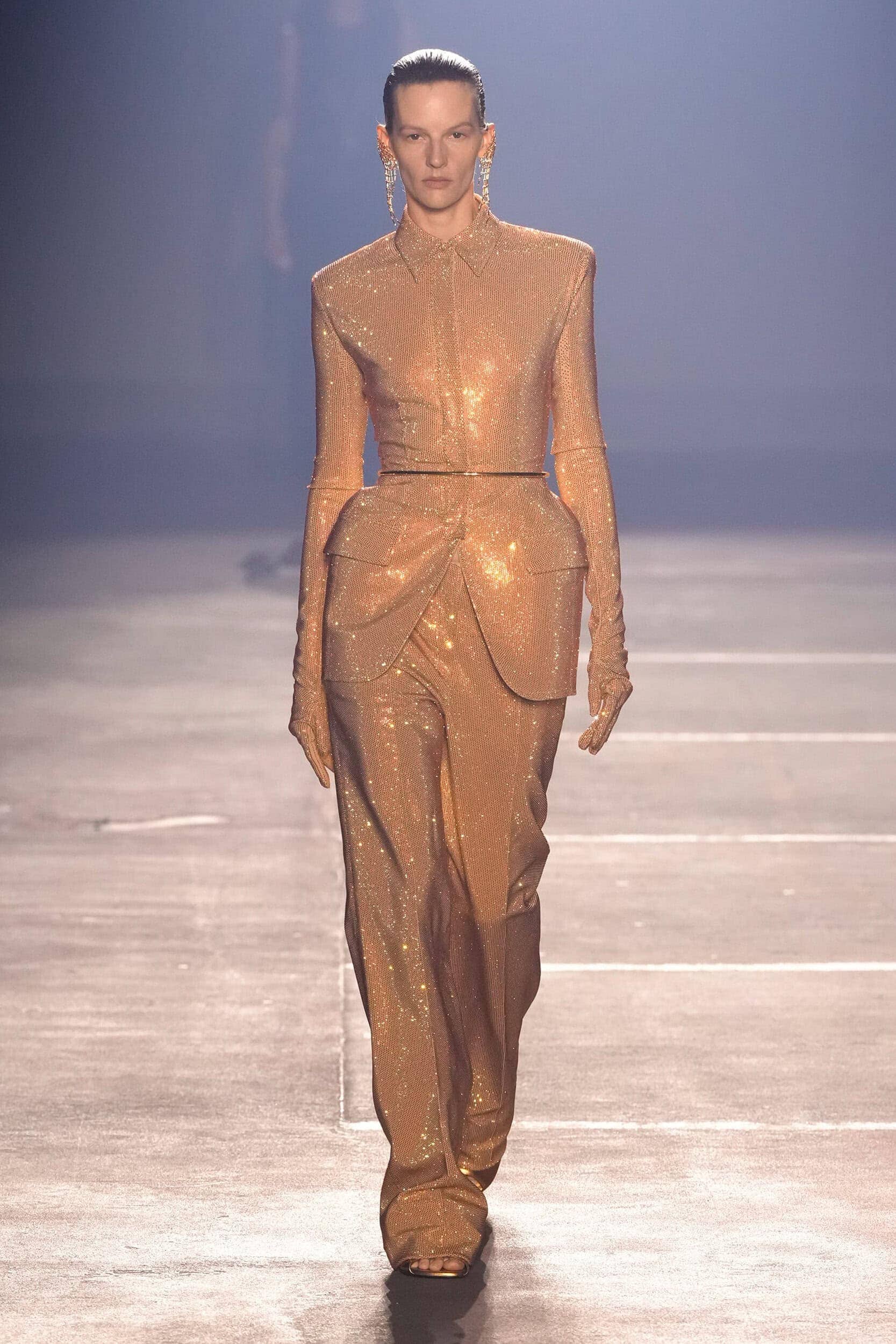
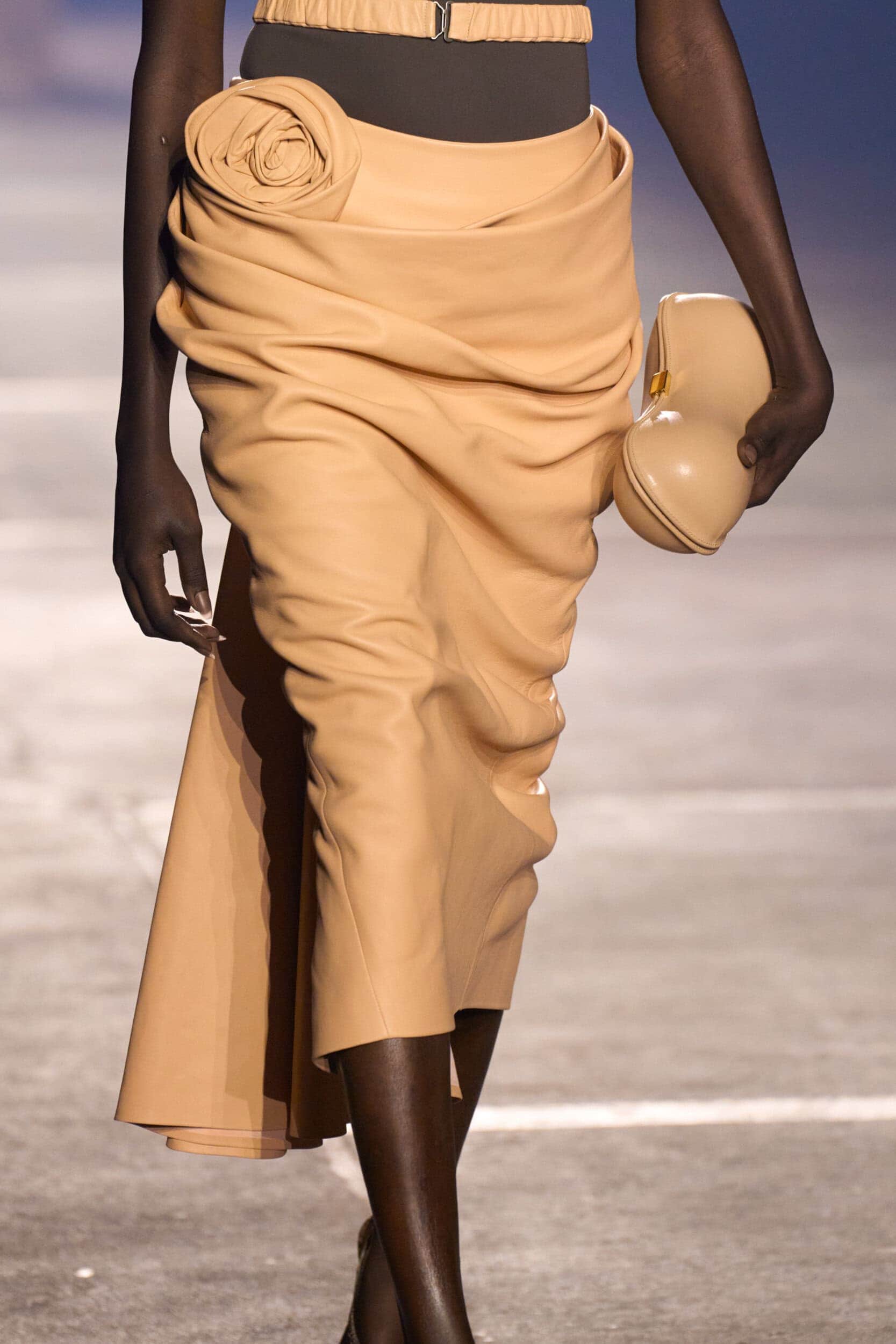
That tension may well be his greatest strength. Portuguese-born and now 45, Freitas joined Mugler at the end of March. His résumé reads like a greatest-hits tour of modern fashion: Dior under both John Galliano and Raf Simons, Dries Van Noten, Alber Elbaz’s Lanvin, and most recently a behind-the-scenes creative directorship at Sportmax. That lineage explains his rigor—studied, intelligent, as comfortable with tailoring as with spectacle—and why his arrival at Mugler has been greeted with such intrigue.
Paradox, contradiction, disruption—all coursed through the debut, but what lingered most was its clarity of intent: a reclamation of glamour, not as a dusty relic, but as one of fashion’s most radical acts in the present.
Freitas left our exchange with the same kinetic energy with which he arrived—apologetic for his digressions, but electric in his urgency. In a moment when fashion often collapses into cynicism or commerce, his belief in glamour as resistance felt striking. Glamour, in his hands, is no longer an echo of the past but a live wire for today.
